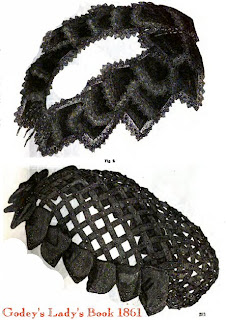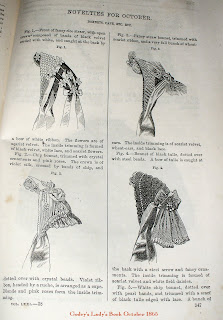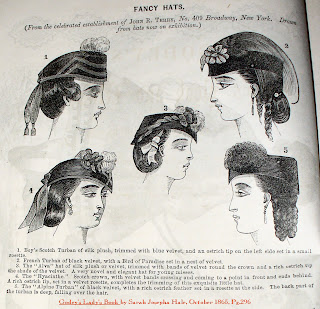The Virginia Reel dates back to the 1700s and became very popular in the 1830s. The Virginia Reel was originally danced to a song which was known in England as Sir Roger De Coverley. In America, the song came to be known as The Virginia Reel just because of the popularity of dancing that particular dance to it. The dance could be danced to any reel or hornpipe but Sir Roger De Coverley was the most popular.A collection of other popular "Virginia Reel" songs, collected in 1850 can be read here in PDF.
In A Christmas Carol, one of my favorite stories, when Scrooge is shown Fezziwig's party by the Ghost of Christmas Past, it is mentioned that Mr. and Mrs. Fezziwig danced to Sir Roger De Coverley played by a fiddle.
The dance is danced in two lines, one line of gentlemen and one line of ladies. There is a Head Couple (the couple closest to the orchestra) and a Foot Couple (the couple closest to the doors in a traditional dining hall.) There are many versions of the steps due to region.
Some different versions and explanations of the steps and other references:
Phantom Ranch: Basic text explanation, no photos.
Youtube Virginia Reel: Slightly blurry, danced to The Irish Washerwoman and the Battle Hymn of the Republic.
Youtube The Virginia Reel: The song The Virginia Reel played on tin whistle.
Remember, dances were learned at home as part of a "proper education" for both gentlemen and ladies. If one was not good at a certain dance, they would try to sit it out. Dances were taught in public dancing schools as well as in private homes. Of course most practice was probably done with members of the same sex at small gatherings. Dances were "called" by someone to guarantee everyone was in unison so you do not have to worry much as long as you know the individual steps being called.

As many ladies are anxious to learn period dances and many gentleman are far to shy to help them, I must implore to the gentlemen that they take period advice from The Fashionable Dancer's Casket by Charles Durang who states "As ladies are not entitled to the privilege of asking gentlemen to dance, it is the duty of gentlemen to see that ladies shall not sit long waiting for partners, as it is one of the greatest breaches of good manners, that a gentle-man can be guilty of in the ball-room, to stand idling whilst ladies are waiting to be asked." No more Mr. Darcys guys, please, The girls are waiting to dance! Good luck!





























